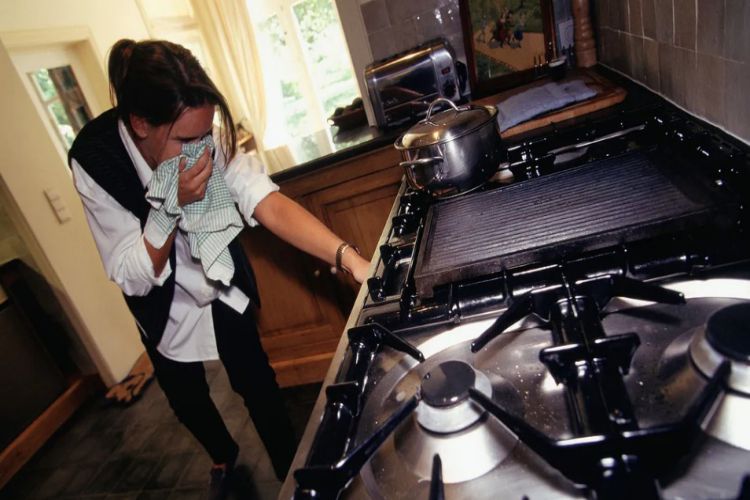 Introduction
Introduction
The only thing scarier than a gas leak is not knowing it’s happening. If you’re concerned that a gas leak has damaged your home, here’s how to check for gas leaks and prevent future leaks.
Look for dead or browning plants in your yard.
- Check your plants – One of the first signs of a gas leak is dead or browning plants, which can result from low levels of natural gas. If you have a garden or yard, look for dead or dying plants in and around your home.
- See if there are any wet spots in your yard – If you see puddles on the ground and smell something funny, this could be another warning sign that there’s a gas leak at home!
Listen for leaking gas.
This is the most important step of all, so listen closely. If you hear hissing or blowing sounds from under the ground, outside your house, or even in your home (the gas company may have been using a gas detector when they were checking your meter), it could mean that there is a leak.
If you hear any other odd noises like running engines, water heaters (and furnaces), dryers, and more – these can also be signs of a potential gas leak!
Smells like a gas odor.
Leaks in gas lines are often accompanied by a sweet odor, which is different from the rotten egg smell you’d get if you had an electrical problem. The gas odor may be faint or strong depending on the size of your home’s leak. If you smell a strong gas odor:
- Leave the area immediately and call 911. Turn off ignition sources (lights, radios/stereos, etc.) before leaving.
- Do not re-enter until emergency responders say it’s safe to do so – even if they say they can fix it themselves!
Install a gas detector
- Install a gas detector – There are many types of detectors available, including some that plug into the wall and others that use batteries. They all sound an alarm when they detect gas leaking in your home.
- How to install a gas detector – Check with your local hardware store or utility company for information on choosing a model that suits your needs. Remember that most detectors will need batteries replaced at least once annually (and more often if you have older appliances). The cost of replacing these batteries is generally minimal compared to what you’d spend on having someone come out after the fact to inspect for leaks!
Test your appliances every few months to ensure they are not leaking.
When you have a gas leak, it can be hard to determine what’s causing the problem. A simple solution is to check for gas leaks and ensure all your appliances are working correctly.
You will want to test all of the following items:
- Stove – Turn the burner on and place a lit match in front of the flame. If there is a gas leak, you will see flames around it. Turn off the stove immediately and call an emergency number immediately!
- Oven – Place an oven thermometer inside and set it to 250 degrees F (121 degrees Celsius). If there is a large amount of natural gas or propane coming out of your oven or range hood, this could cause serious injury or death if left unattended for several minutes at these temperatures.
Conclusion
As you can see, there are several methods to check if there is a gas leak in your home. The best way to ensure your home is safe is by doing regular checks and installing a gas detector. Gas leaks can not only be dangerous, but they can cause damage to your property as well.




